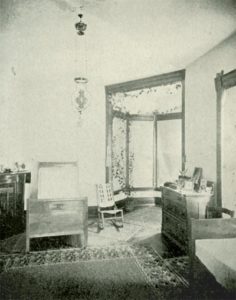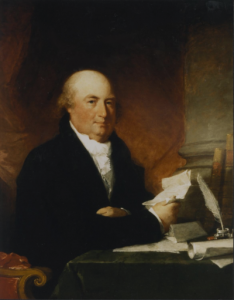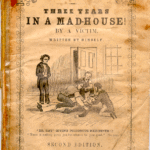
Room in a Cottage for Women at Michigan Asylum for the Insane, circa 1891, courtesy kalamazoo public library
The great majority of insane asylum superintendents did not set out to be deliberately cruel to patients. They understood that newcomers to the institution would be frightened and/or confused, and made an effort to meet new patients as soon as as possible so they could welcome and reassure them. Even when asylums grew too large to permit this, superintendents and staff looked at ways to make their asylum more homey and comforting. Some set up cottages or separate buildings where the number of patients could be kept small, or moved patients to wards where similar patients stayed. Quiet or reserved patients would therefore stay with others like themselves (no matter what brought on their condition) versus mixing with loud and/or violent patients who perhaps had the same complaint as theirs.
As always, money made a difference. Wealthy families could often keep their family members at home, cared for by a private nurse or attendant. However, if the patient grew too violent or uncontrollable, even wealthy families might find it better to take their loved one to an asylum. The majority of asylums were state-run, and took patients at low-income levels; however, a few asylums catered to paying clientele. The McLean Asylum for the Insane was such an asylum, and its lush accommodations began with its exterior. Rain gutters were copper, views were spectacular, and the golf course was ready for play.
My next post will describe McLean further.

Frederic Packard, a Member of McLean's Staff and Later Superintendent, circa 1920, courtesy harvard.edu
______________________________________________________________________________________






